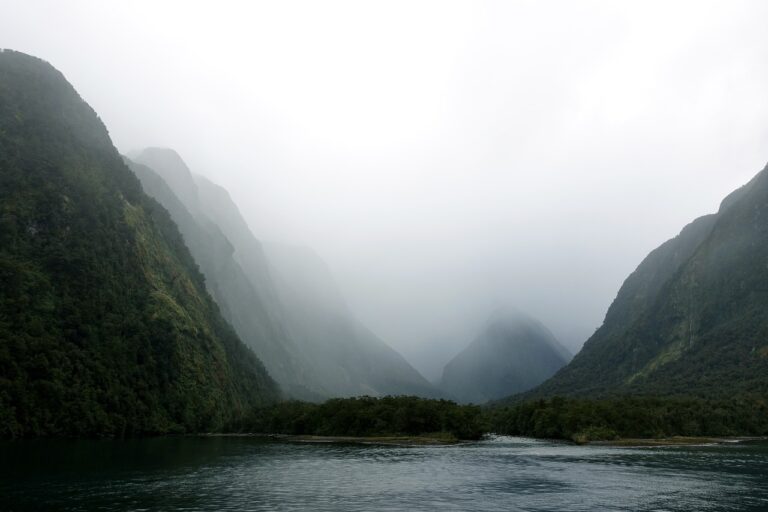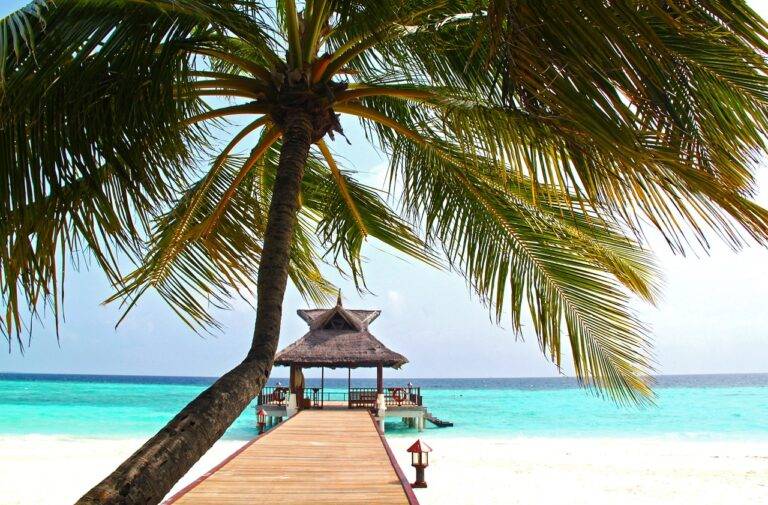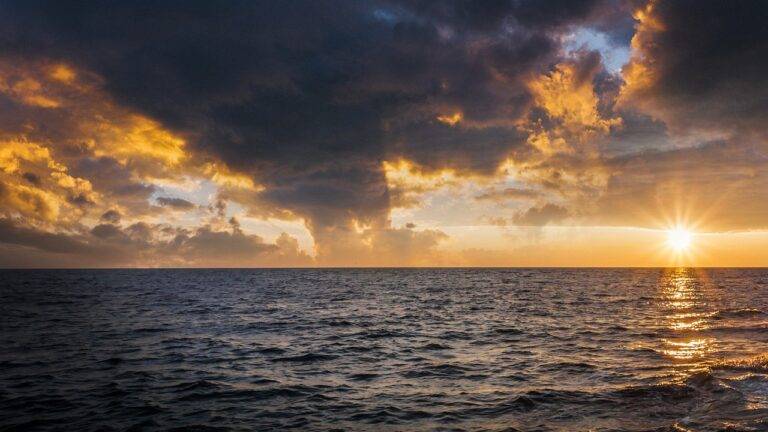Volcano Tourism: Witnessing Nature’s Fury Up Close
Volcanoes have captivated human curiosity for centuries, with their raw power and breathtaking displays of nature’s force. Witnessing a volcano up close can evoke a sense of awe and wonder, offering a humbling reminder of the Earth’s immense power. From the cascading lava flows to the billowing ash clouds, experiencing a volcano in person is a thrilling and unforgettable adventure.
Visiting volcanoes also presents a unique opportunity to explore the geology and science behind these natural phenomena. Learning about the different types of volcanoes, their formation, and eruption patterns can provide valuable insights into the inner workings of our planet. Additionally, many volcanic regions boast stunning landscapes, rich biodiversity, and cultural significance, making them not only scientifically enriching but also culturally immersive destinations worth experiencing.
Types of Volcanoes
Volcanoes come in various forms, each exhibiting unique characteristics that set them apart. One common type is the shield volcano, known for its broad and gentle slopes. These volcanoes are typically built from layers of lava flows, resulting in a low-profile shape that resembles a warrior’s shield laid flat on the ground.
In contrast, stratovolcanoes, also known as composite volcanoes, are characterized by their steep, conical profiles. These explosive volcanoes are formed from alternating layers of ash, lava, and rock fragments, creating a towering structure that can rise thousands of meters above sea level. Famous examples of stratovolcanoes include Mount Fuji in Japan and Mount Vesuvius in Italy.
Popular Volcanic Destinations
One renowned volcanic destination that attracts visitors from around the globe is Mount Fuji in Japan. Standing at 3,776 meters tall, this iconic stratovolcano is a symbol of Japan’s natural beauty and cultural significance. Many visitors flock to this majestic volcano to witness its symmetrical cone shape and breathtaking views, especially during the cherry blossom season.
Another popular volcanic destination is the volcanic island of Santorini in Greece. Known for its stunning white-washed buildings perched atop steep cliffs overlooking the Aegean Sea, Santorini offers a unique and picturesque setting for travelers. The island’s volcanic history is evident in its rugged landscapes, black sand beaches, and the famous caldera, making it a top choice for those seeking both relaxation and adventure.





